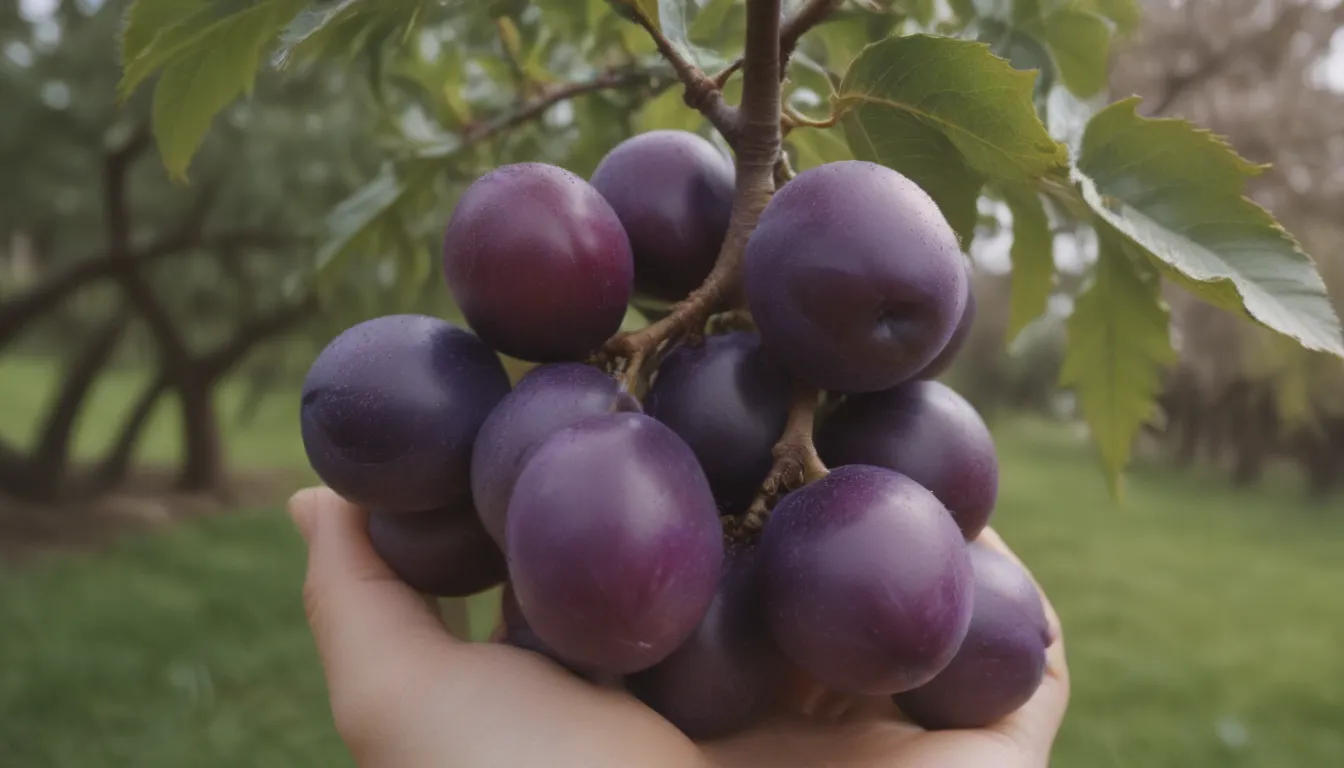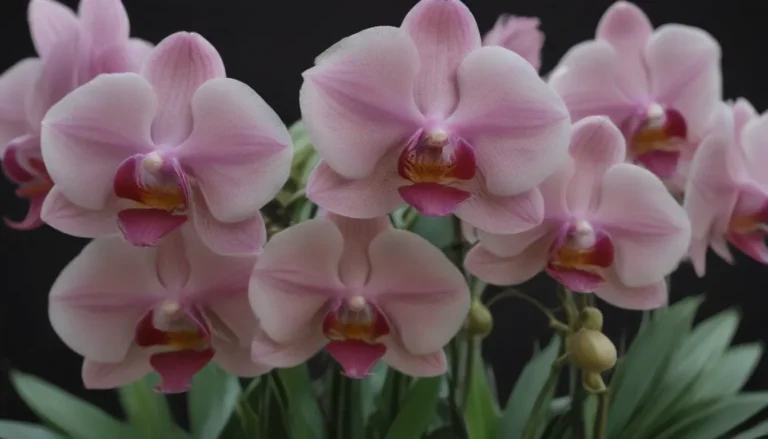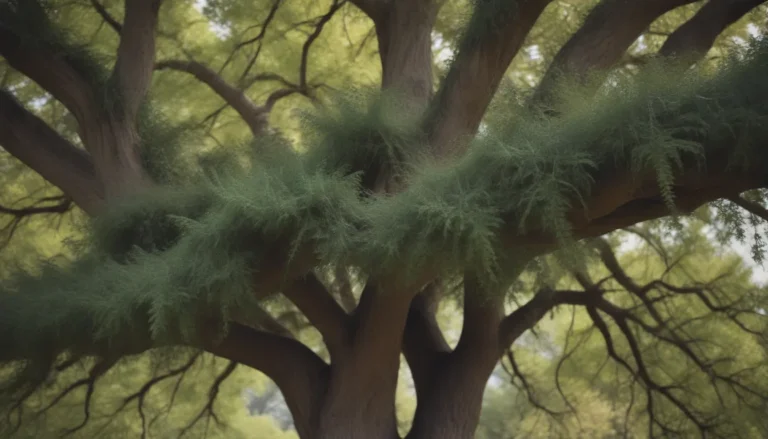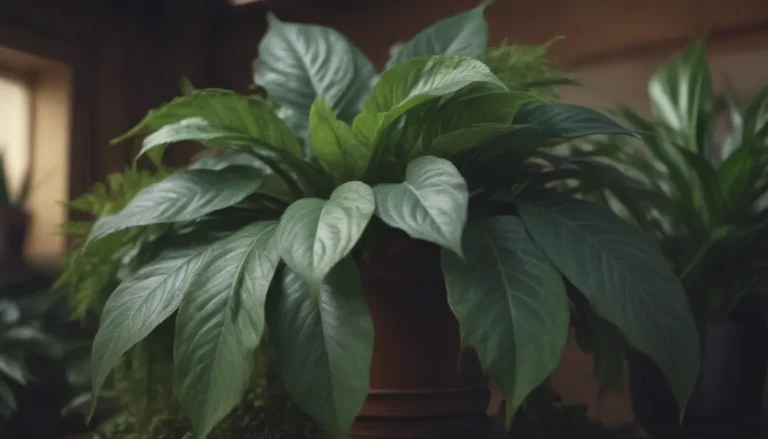Everything You Need to Know About Growing and Caring for Purpleleaf Plum Trees

Purpleleaf plum trees (Prunus cerasifera), also known as cherry plums, are a beautiful addition to any home landscape. These trees are loved for their stunning spring flowers and rich leaf coloring, making them a popular choice among gardeners. In this comprehensive guide, we will explore everything you need to know about growing and caring for a purpleleaf plum tree to ensure it thrives in your yard. From planting to pruning, and from watering to fertilizing, we’ve got you covered with all the essential tips and tricks.
The Beauty of Purpleleaf Plum Trees
The purpleleaf plum tree is a relatively small tree with a rounded growth habit. In the spring, it produces fragrant, pale pink to white flowers that are roughly an inch across. These beautiful flowers later turn into small fruits. One of the most striking features of this tree is its elliptical leaves, which can range in color from purple to green. Depending on the climate, the tree may shed its leaves relatively early for a deciduous tree, as early as late August or September. With a moderate growth rate of about one to two feet per year, the purpleleaf plum tree is best planted in the early spring or fall.
Aside from its aesthetic appeal, the purpleleaf plum tree also serves as a larval host plant for the Eastern Tiger Swallowtail butterfly (Papilio glaucus). However, it’s important to note that the stems, leaves, and seeds of the tree contain cyanide and can be toxic, especially when wilting. While they are mildly toxic to humans, they can be quite harmful to dogs, cats, and horses.
Purpleleaf Plum Care Tips
Here are some essential care requirements to keep in mind when growing a purpleleaf plum tree:
Light
- The purpleleaf plum tree thrives in full sun.
- Aim for six to eight hours of sunlight per day to achieve the most vibrant purple leaf color.
- If the tree is planted in a shady location, the leaves may lose their purple hue and turn green.
Soil
- Purpleleaf plum trees prefer loamy soil with excellent drainage.
- Aim for an acidic to neutral soil pH ranging from 5.0 to 7.0.
- While the tree can tolerate clay and sandy soil, it does not do well in compacted soil or polluted environments.
Water
- Maintain a moderate level of soil moisture for your purpleleaf plum tree.
- Once established, the tree exhibits some drought tolerance.
- Provide extra water during long periods without rainfall or extreme summer heat.
Temperature and Humidity
- Purpleleaf plum trees can thrive in climates with cold winters and hot summers.
- They are hardy down to minus 20 degrees Fahrenheit and can withstand high summer temperatures with adequate watering.
- Humidity is generally not a concern for these trees.
Fertilizer
- Purpleleaf plum trees prefer moderately rich soil.
- Fertilize annually in the spring as new growth begins with an all-purpose fertilizer, following the product label instructions.
- If your soil is already rich and fertile, you may only need to fertilize every two to three years.
Varieties of Purpleleaf Plum Trees
There are several varieties of Prunus cerasifera to choose from, each offering unique characteristics:
- Prunus cerasifera ‘Thundercloud’
- Prunus cerasifera ‘Krauter Vesuvius’
- Prunus cerasifera ‘Newport’
- Prunus cerasifera ‘Nigra’
- Prunus cerasifera ‘Purple Pony’
Pruning Your Purpleleaf Plum Tree
While purpleleaf plum trees do not require excessive pruning, it’s important to maintain their desired shape. Here are some pruning tips to keep in mind:
- Prune the tree after it has flowered to avoid removing next year’s flower buds.
- Dead, damaged, or diseased branches can be removed at any time of year.
Propagating Purpleleaf Plum Trees
Instead of buying a sapling or young tree from a nursery, you can propagate a purpleleaf plum tree from softwood cuttings. It’s important to note that most purpleleaf plums are cultivars, so growing them from seed is not recommended as it may not produce a tree true to type.
Common Pests & Plant Diseases
Purpleleaf plum trees are susceptible to various pests and diseases, which can affect their lifespan. Here are some common issues to watch out for:
Pests
- Japanese beetles
- Mealybugs
- Borers
- Tent caterpillars
- Scales
Diseases
- Leaf spot
- Gray mold
- Black knot
- Cankers
Symptoms of pests and diseases may include discolored or wilted foliage, poor growth, and flowering. Maintaining proper growing conditions and good airflow can help prevent many of these problems.
Ensuring Your Purpleleaf Plum Tree Blooms
If your purpleleaf plum tree is not blooming as expected, there may be a few reasons to consider:
- A cold snap after unseasonably warm weather can damage the buds.
- Improper pruning in the spring may inadvertently remove flower buds.
Blooming Details
- Purpleleaf plum trees typically bloom between late April and early May, depending on the planting zone and weather conditions.
- The bloom usually lasts one to two weeks, depending on weather factors.
- The flowers are pinkish-white, saucer-shaped, and fragrant with an almond scent.
Encouraging Blooms
- Ensure your tree receives adequate sunlight, water, and fertilizer to encourage blooming.
- Prune the tree as soon as possible after flowering to avoid removing next year’s flower buds.
After Bloom Care for Your Purpleleaf Plum Tree
Once your purpleleaf plum tree has bloomed, there are a few things to keep in mind:
- If you need to shape the tree, aim to prune it immediately after flowering.
- The fruit of the tree ripens in late summer and is edible but not very palatable.
- The seeds of the fruit are toxic, so keep this in mind if you have pets or small children around.
Conclusion
Purpleleaf plum trees are a stunning addition to any landscape, offering beautiful flowers and rich leaf coloring. By following these care tips and guidelines, you can ensure that your purpleleaf plum tree thrives and continues to bring joy to your garden for years to come. Remember to provide adequate sunlight, water, and fertilizer, and keep an eye out for pests and diseases to maintain the health of your tree. With proper care and attention, your purpleleaf plum tree will reward you with its beauty and charm season after season. Happy gardening!





